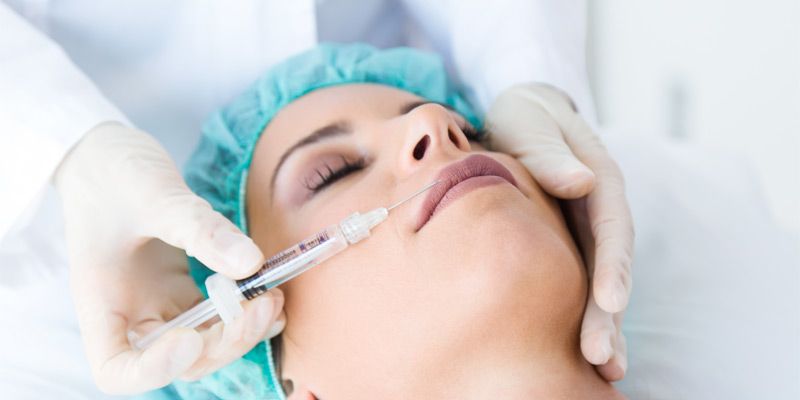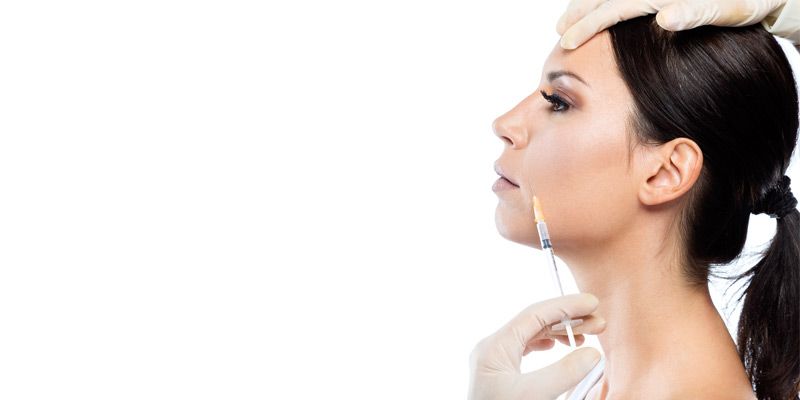6 Questions About Botox Get Simple Answers!
On many different occasions, patients try to decide whether botox is a good idea for them or not. What often makes their decision more difficult than it should be, is the spread of myths surrounding botox treatments. Here, we will attempt to clarify some of them.
1. Are botox injections painful?
The number one concern for most people thinking of getting botox, has to do with how much pain they are going to feel. The majority of people who have actually tried it say that it feels like just a bit more than a small pinch. After all, the injection is very quick not allowing the skin to feel pain.
2. Will I still be able to move my face?
When botox is done right, the patient has full control of motion and a more natural result. The injected muscle will relax, contractions will reduce and the area injected with the botox will be smoothed. However, if a patient requests a more frozen look, the dosage is altered to give the “no-movement” result they want.
3. Are there other uses for botox, except for aesthetics?
Going back to when botox started one will find out that it was originally used to treat neurological conditions. Even though it became more popular for its cosmetic purposes, botox is still used as a treatment for many issues, among which are migraines, back and neck pain and arthritis.
4. Is botox unsafe and unhealthy?
The first use of botox in the late 70’s was to actually cure one condition of strabismus. There have been no indications, since then, as to deaths or long-term side effects. For botox to prove fatal in aesthetics, a dose 100 times over the regular one has to be injected to a patient.
5. What is the difference between botox and dermal fillers?
They are both injectable treatments used for cosmetic reasons. Other than that, they are completely different products and therefore have completely different results. Botox softens or prevents wrinkles and fine lines by relaxing the muscles. It can also be used to lift or drop some features, such as brows or lips. On the other hand, dermal fillers “build” an area of the face by giving it volume or reshaping it completely. In terms of duration, dermal fillers are more permanent, as they consist of hyaluronic acid.
6. When should I get botox and how soon will I see results?
You do not have to wait for the first wrinkles and lines to show up on your face, before getting botox. It can be used as a preventive measure to keep the muscles often leading to wrinkles, relaxed. When getting a botox injection, you will have to wait for approximately 14 days to see its effects. If botox is applied in a larger area, the time period is longer.
The “Cleopatra Technique”, developed by professor Cleopatra Nacopoulos, is a natural and completely safe method to rejuvenate and augment the skin, guaranteeing long-lasting results for up to two years after the treatment.






